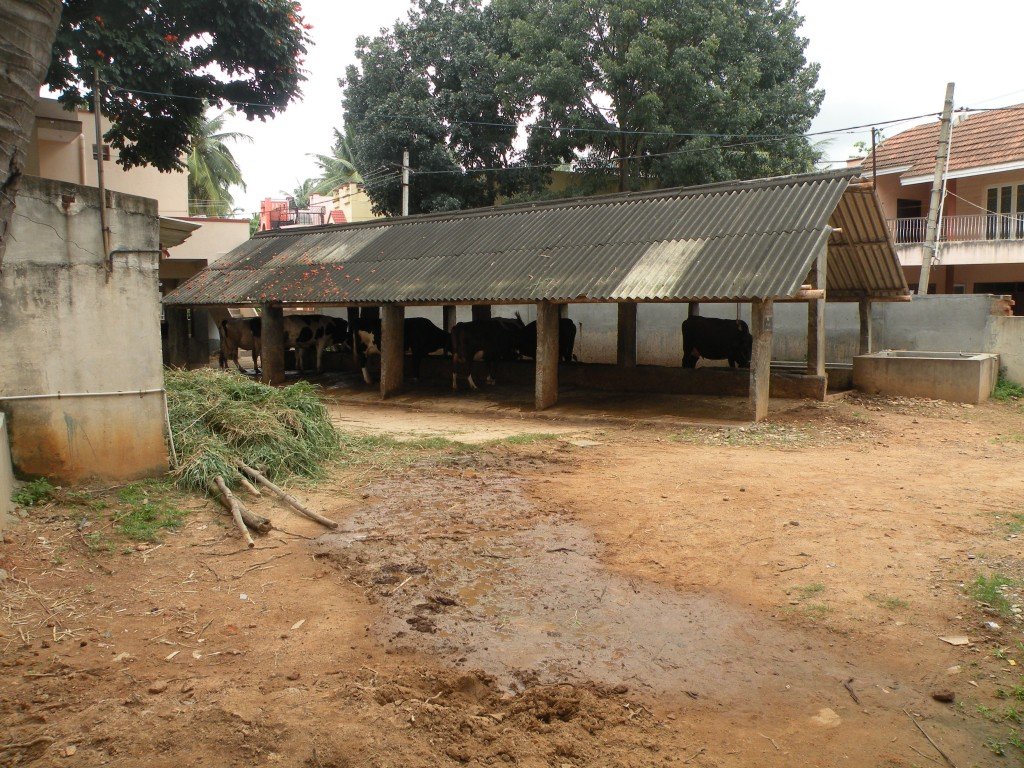In the many years of volunteering with several NGOs we realized one thing that is most important to an NGO is their funding and effective use of the same. One children’s home in particular comes to mind – Indira Gandhi International Academy – a nice write up about the place can be found here. When we visited the place long back it had several problems. The kids managed most of the things on their own. We used to get distress calls about funds every now and then. The Bright Society hardly managed the place well. If they got funding all of it was used in making food – a complete sink. Old clothes and toy collection drives helped them now and then. The problem nobody could support them for long as it is a life long process.
What could be done?
Generate Income
There are several ways NGOs make their own income. A lot of them are into creating craft items and make a decent amount of money through the sale. The children could be trained in some of the crafts which will be good learning and the products if made well will have a good value. A friend trained kids at an orphanage in making ganesha idols and it later was attempted to help them make money via terracota products. Focus needs to be shifted from raising funds to generating income!
Cut Costs
One of the biggest problems in most such places is efficient use of resources. A lot of the NGOs I know don’t have a dearth of space (as they might be remotely located). If it is a residential place like the IHAI children’s home this place could be used to grow their own food. The kids not very bright at studies could be trained in such initiatives as terrace gardening or home garden – growing their own food – new methods like hydroponics could be tested though that is debatable. This would at least bring down part of the costs. Fuel/lighting are other ongoing expenses which where alternatives could be looked like solar power. A lot of corporates would rather fund something which will sustain than a months ration.
It was probably a tradition to donate cows in the past and something that can be looked at for a place like this. The cows takes care of the dairy product needs to some extent. Again if the kids are trained a lot of the kitchen waste generated can be fed to the cows. The part that can be fed (cooked food) can be composted to create good manure to be used for the terrace/home garden.
Cow urine can be used to make panchagavyam or sold as is for a price that is higher than that of milk. The training of kids in this area can serve as vocational training probably more useful than a lot of the conventional education which a lot of children may not have the aptitude for. If there is funding (more likely for such a cause) a biogas plant can be setup to cut the costs of fuel in the kitchen which is significant (if solar cooker is not feasible that is). If not bio digester there is alwasy the option of vermi composting which has an increasing market today or can be consumed in their own garden.
Going a step ahead we can setup a complete liquid waste management from the toilets and kitchen. This would generate income once the project is stable.
Water requirements if currently paid for can be curtailed to some extent by storing the rain water. Minimally recharging of ground water is important. The space that the NGO has could be put to very good use.
Planting trees has become a cliched initiative for most corporates. But if you club it up with planting fruit bearing trees and such for a NGO might just interest them. There is an animal shelter Krupa in Kengeri which has 300 acres of space. The funding for animal care is often limited and their expense is mostly the care takers. Most of the above methods could be put in place for the same. With tree plantation the care takers can make some income for themselves. At a place like IHAI if the kids are trained – could be supplementary stuff for them to eat or sale of the same can help raise funds. Taking care of trees is an effort that needs to be put in place of course – the advantages several as a much needed pleasant side effect –
| → | Approximately 300 trees can counter balance the amount of pollution 1 person produces in life time. |
| → | A single tree produces approximately 260 pounds of oxygen per year. So two mature trees can supply enough oxygen annually to support a family of four. |
| → | One tree removes about 1 ton of CO2 per year. |
| → | One person causes about 10 tons of carbon dioxide to be emitted a year.Planting 10 trees per person will remove each person’s carbon debt for the year. |
Info from – http://saytrees.org/
Making the org as self sufficient as can be with these efforts is far fetched as some of these require funding/resources but the way things are going Corporate CSRs are interested in doing something different and interesting. These are just some of the methods in creating an ecosystem. If we create one successful prototype – others can follow suit.
We are trying some experiments at Krupa Animal Shelter & Sri Ramana Maharishi Academy for the Blind (SRMAB). Both the places have some cows. The expenes of LPG cyclinders at SRMAB is around 36K per month. This can be reduced significantly with a biogas plant setup for the 18 odd cows they have. Currently all the gobar is just lying there losing the methane to the atmosphere!

